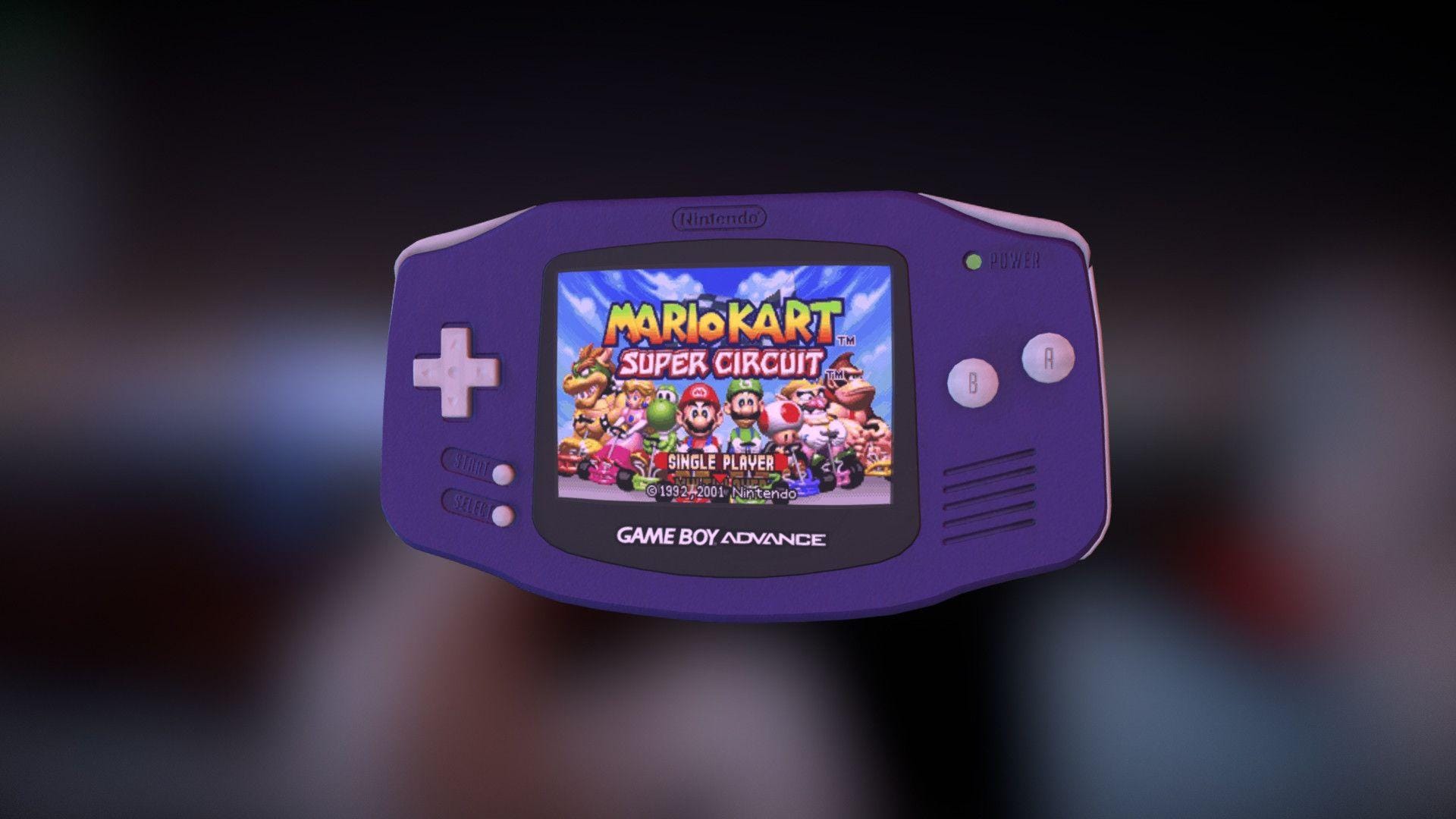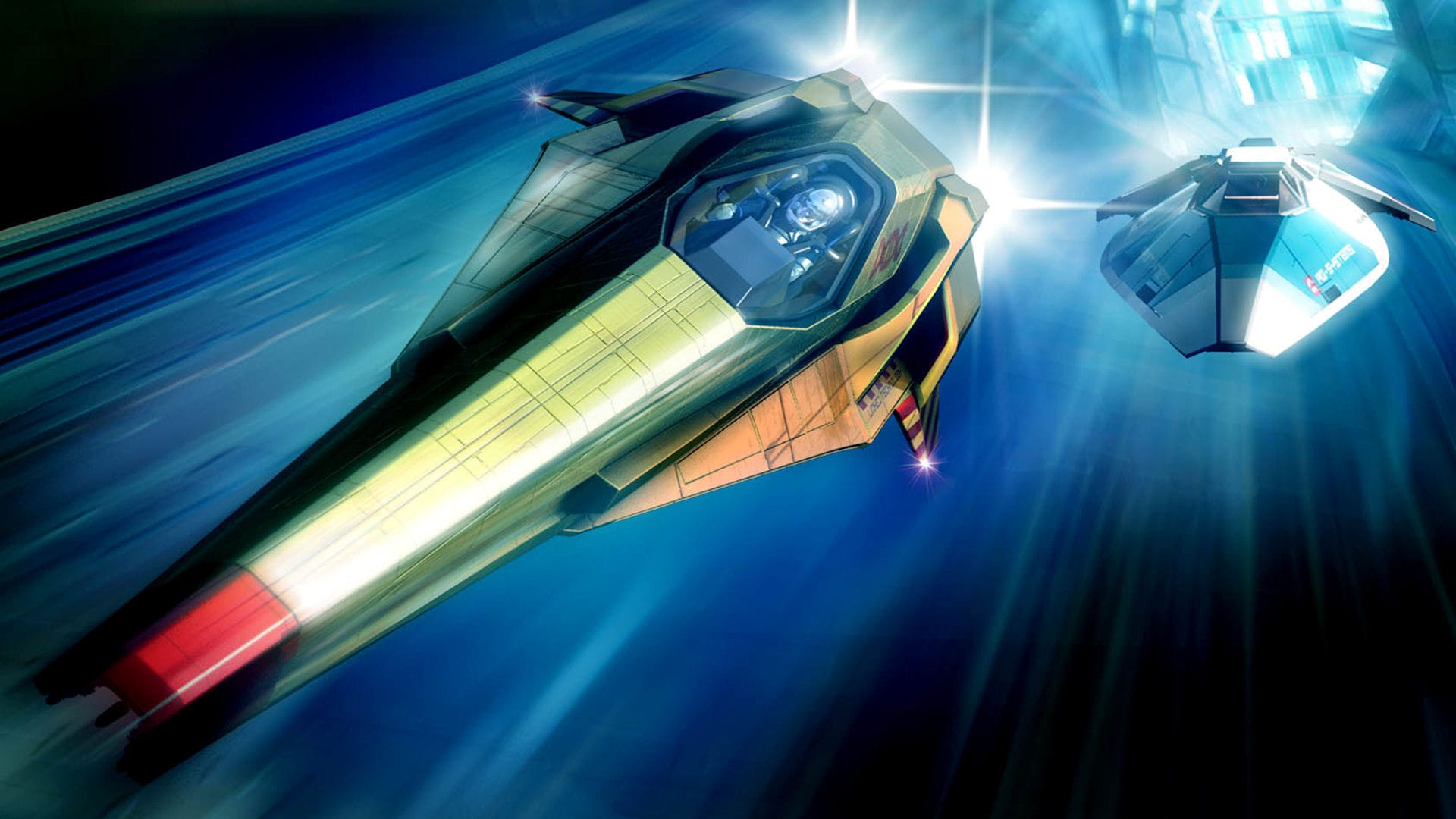Hey there, fellow Cube-head! Let’s be real: we’ve all got a special place in our hearts for the Nintendo GameCube. That quirky purple (or black, or silver!) lunchbox of a console with its iconic handle and fantastic library of games. But while everyone talks about the big hitters like Metroid Prime, Super Smash Bros. Melee, and The Legend of Zelda: The Wind Waker, what about all those amazing titles that flew under the radar?
You know the ones I’m talking about. The ones that didn’t get the blockbuster marketing push, the quirky experiments from beloved developers, and the titles that were just too weird for the mainstream. The games that your friends never heard of, but you spent hours with, convinced you’d found a secret slice of gaming heaven. We’re talking about the GameCube hidden gems that prove there was so much more to the system than its biggest hits.
From quirky platformers to experimental sports titles and forgotten action games, the GameCube’s library is packed with underrated games just waiting for a second chance. So, grab your WaveBird controller, find a comfy spot, and join us on a tour of the 20 best GameCube hidden gems that you absolutely need to have in your collection.
Wario World
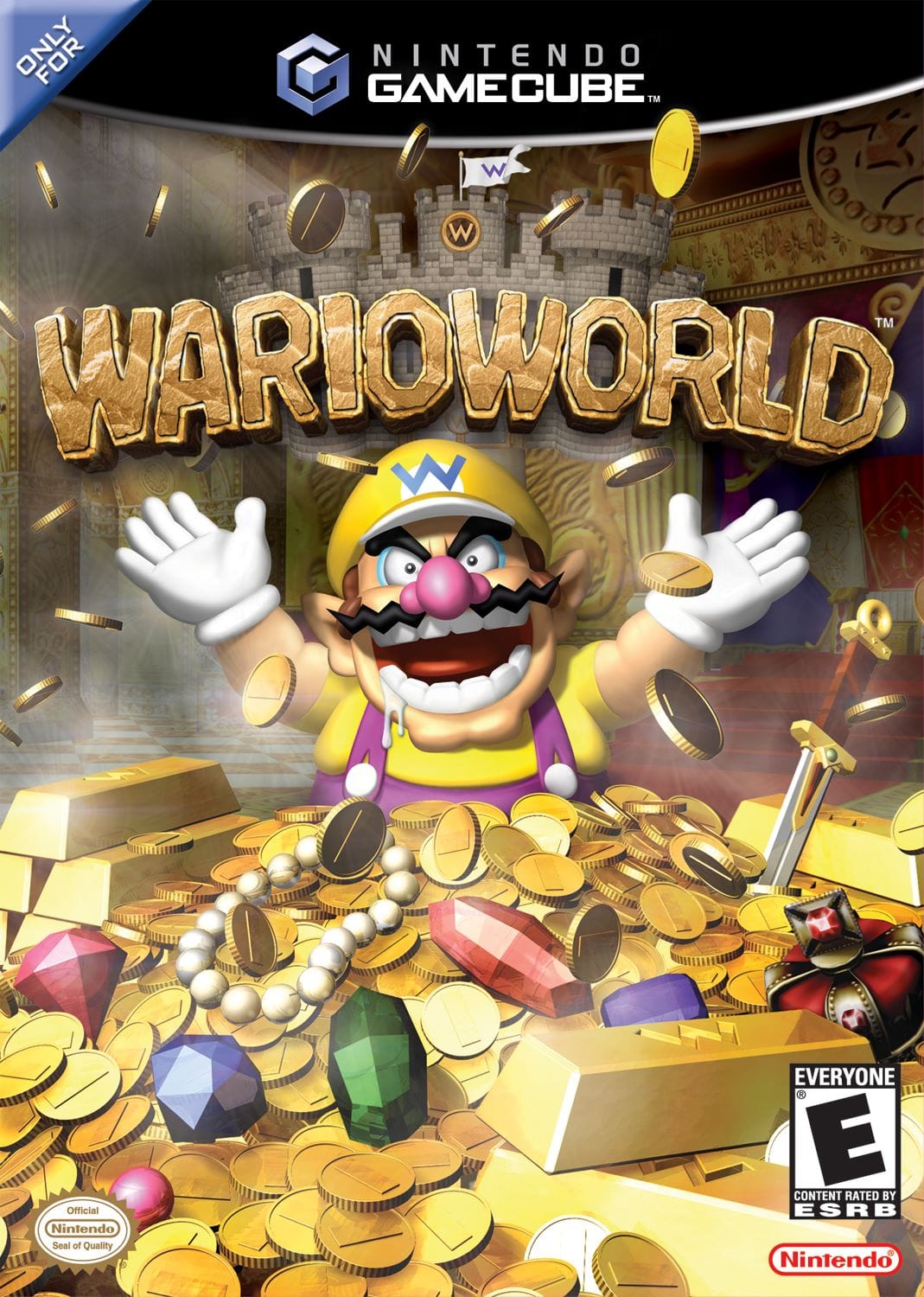
- Developer: Treasure
- Release Date: June 20, 2003
- Genre: Platformer
Let’s be honest, Wario’s transition to 3D was long overdue. Nintendo let the legendary studio Treasure cook in Wario World, and let me tell you, this game is a chaotic, unapologetic masterpiece that so many people criminally overlooked. You’re not doing any fancy triple jumps here. Wario World is all about smashing and grabbing, practically encouraging you to cause as much destruction as possible. The levels are these wonderfully bizarre, themed obstacle courses, from a giant amusement park to the inside of a pinball machine. It’s a short but incredibly sweet romp that prioritizes pure, unadulterated fun over bloat.
Why It's Worth Playing: Honestly, Wario World is the perfect palate cleanser for anyone tired of conventional platformers. It's a game that knows exactly what it is: a short, sweet, and unbelievably fun beat 'em up wrapped in a platforming shell. The pace is relentless, the visuals are fantastic, and the satisfaction you get from plowing through a whole level of enemies is just intoxicating. It's the kind of game you can pick up and play for a quick 30 minutes and leave with a smile on your face.
Billy Hatcher and the Giant Egg
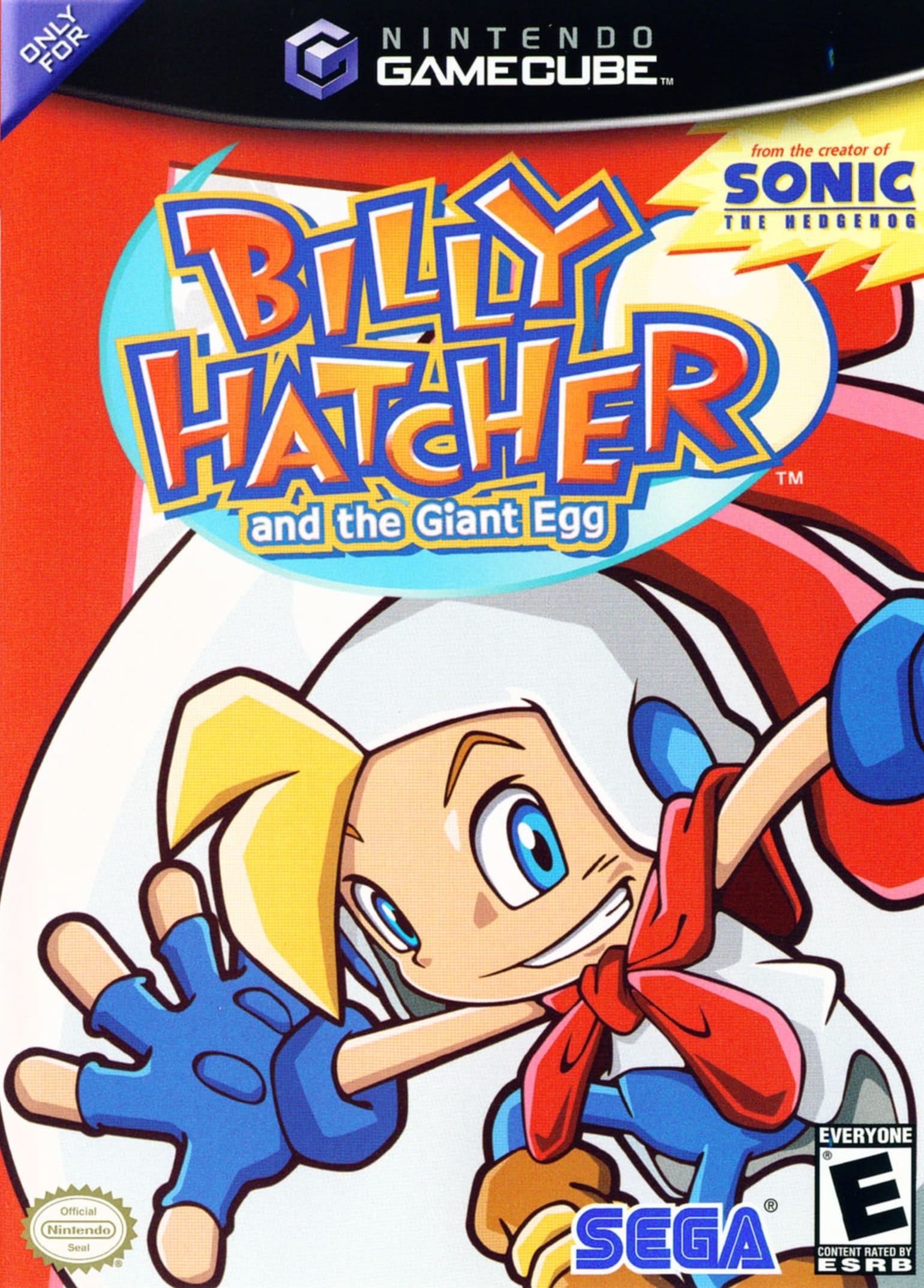
- Developer: Sonic Team
- Release Date: September 23, 2003
- Genre: Platformer
Yuji Naka and the Sonic Team could have just made Sonic Adventure 3 and called it a day, but instead, they brought us Billy Hatcher and the Giant Egg. The core gameplay loop is simple: you find an egg, you roll it around to grow it, and then you hatch it to get an animal companion with a unique ability. The game’s vibrant color palette and bouncy, unforgettable soundtrack make every level feel like a Saturday morning cartoon. The controls, which can feel a little unwieldy at first, are part of the charm. Mastering its momentum for a perfect jump or attack is a rewarding challenge. This is peak, early 2000s weirdness, and I mean that in the best possible way.
Why It's Worth Playing: For all its quirks, Billy Hatcher is a masterclass in unique game design. It’s a bold departure from the standard platformer that so many people dismissed as a novelty. But trust me, once you get into the rhythm of rolling, smashing, and hatching your way through its levels, you’ll find an experience brimming with personality and a surprising amount of depth. It's a joyful, unpretentious romp that truly deserves its cult status. FYI, you'll also get a kick out of the bizarre, over-the-top bosses.
Chibi-Robo!
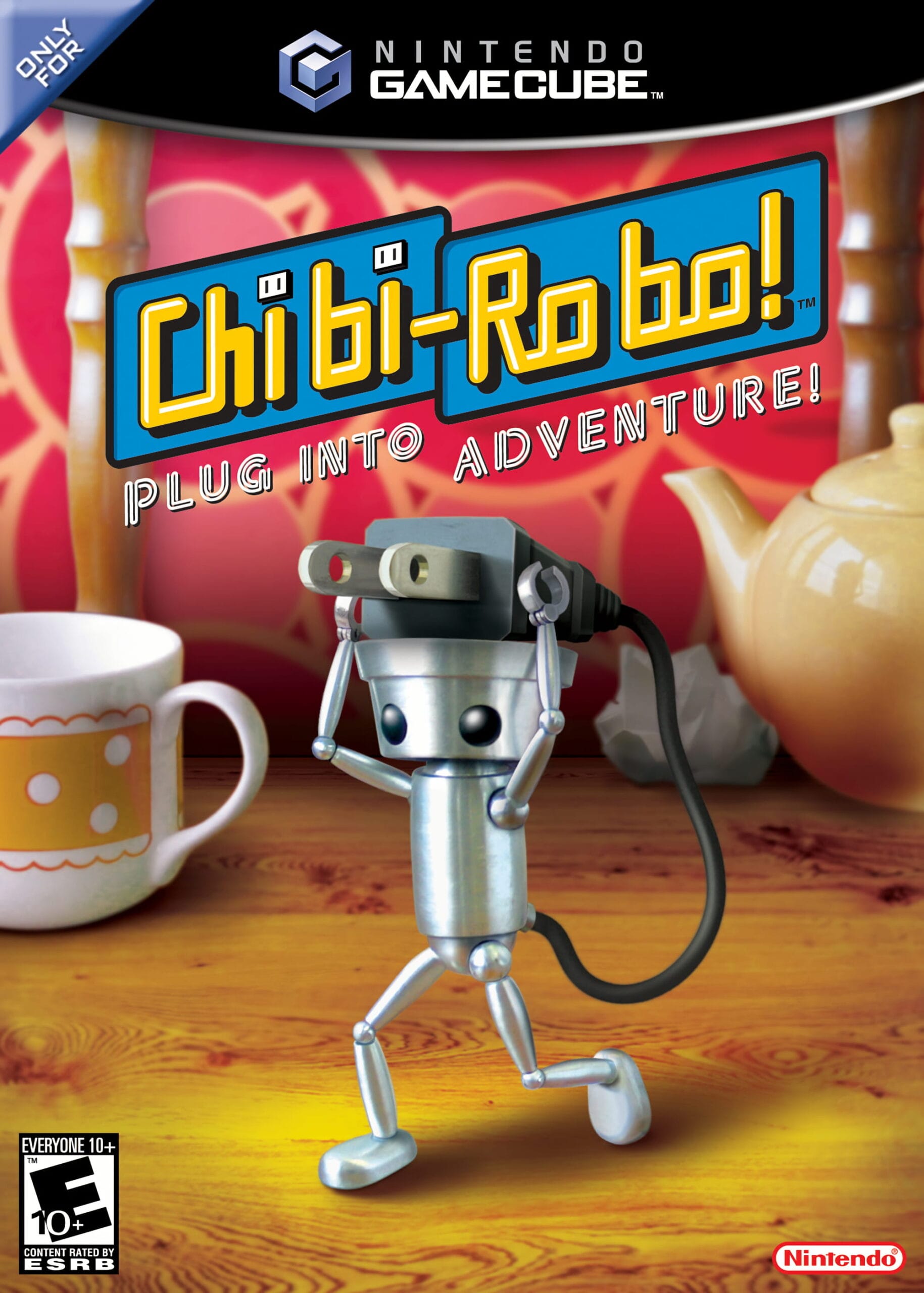
- Developer: Skip Ltd.
- Release Date: June 23, 2005
- Genre: Platformer, Action-adventure
Chibi-Robo! isn’t about saving the galaxy or slaying dragons. It’s about being a tiny robot that’s tasked with a simple, yet utterly profound mission: making a dysfunctional family happy. Every single task, from picking up a single piece of candy to battling dust bunnies, feels like a grand adventure. The game’s narrative unfurls through the objects and characters in the family’s house, each with their own bizarre little story. You’ll find yourself investing in the lives of sentient toys and a grumpy frog, all while managing your ever-dwindling battery life. Have you ever considered how gargantuan a toothbrush looks from a two-inch-tall robot’s point of view? It’s a mind-bendingly brilliant concept, and it works.
Why It's Worth Playing: IMO, Chibi-Robo! is the quintessential GameCube hidden gem. It's a low-key masterpiece that will burrow its way into your soul with its quiet charm and delightful puzzles. It feels like a warm hug in video game form. You'll be surprised at how emotionally attached you become to the little guy and his journey to become a "Super Chibi-Robo." This is a game about finding beauty and purpose in the ordinary, and its message is just as relevant today as it was back in 2006.
The Incredible Hulk: Ultimate Destruction
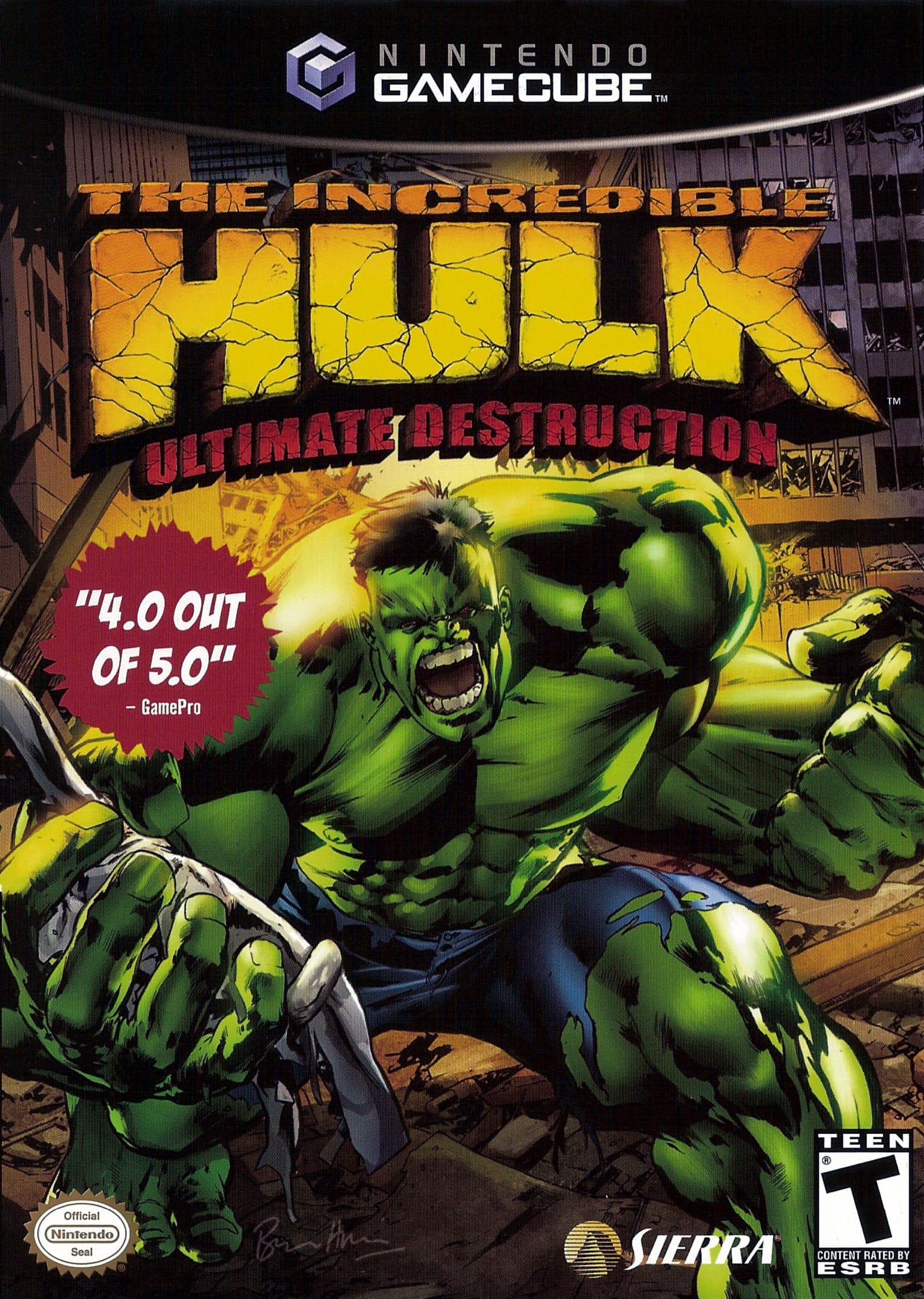
- Developer: Radical Entertainment
- Release Date: August 23, 2005
- Genre: Action-adventure
The Incredible Hulk: Ultimate Destruction is built around one simple question: what if you could do anything as the Hulk? The answer is a move list so stupidly creative and satisfying it’ll permanently ruin other superhero games for you. Rip a car in half and use it as makeshift brass knuckles? Check. Grab a streetlight and swing it like a baseball bat to send a tank flying? Obviously. Run straight up the side of a skyscraper, leap across the city, and body-slam a helicopter into the pavement? You bet. The open world is your destructible playground, and the missions are cleverly designed to constantly encourage you to find new, increasingly unhinged ways to smash, throw, and obliterate everything in your path. It’s cathartic, chaotic, and oh-so-rewarding.
Why It's Worth Playing: You’ve had a long day, and need to unleash some pent-up frustration in the most spectacular way possible? The Incredible Hulk: Ultimate Destruction is virtual therapy. It perfectly captures the raw, unstoppable force of the Hulk with gameplay that remains unmatched in its sheer destructive freedom. It’s a masterclass in making the player feel overpowered yet still challenged. Ultimate Destruction isn’t just a good comic book game—it’s arguably the greatest power fantasy ever coded.
Battalion Wars
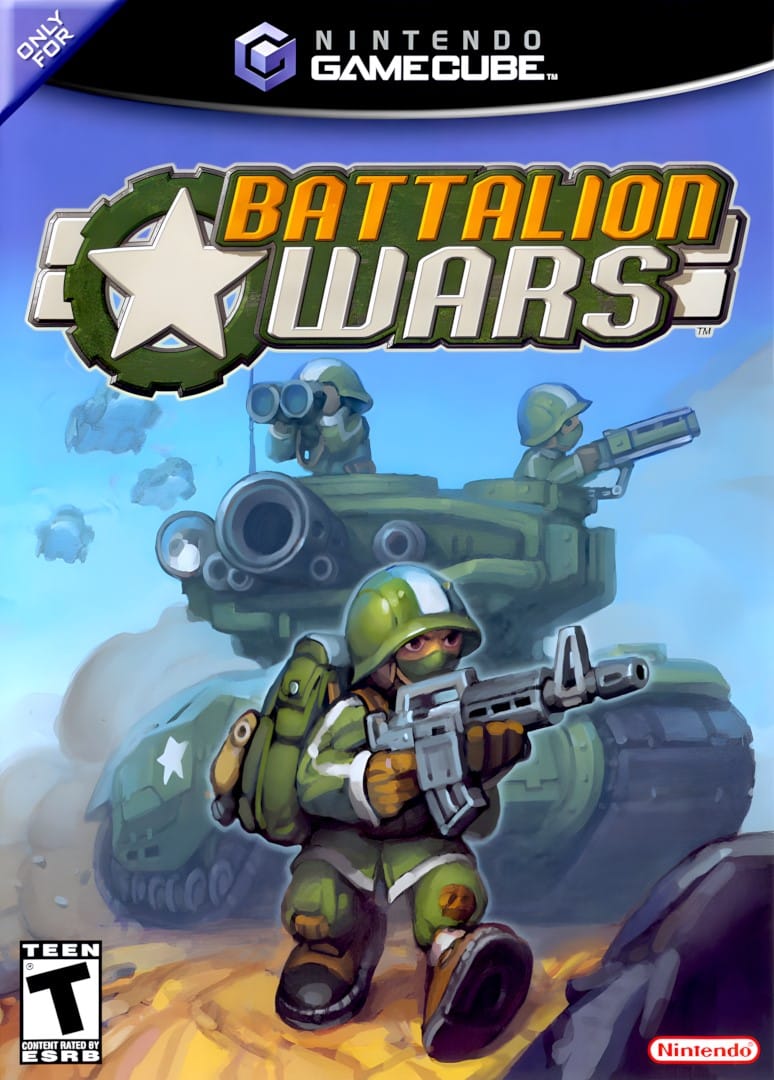
- Developer: Kuju London
- Release Date: September 19, 2005
- Genre: Action, Strategy
Ever looked at a complex RTS game and think, “I love the idea of tactical warfare, but I’d rather be in the thick of it than managing a spreadsheet?” Yeah, me too. Battalion Wars is the answer to that very specific daydream. This game throws you right into the fight with a pre-built army. Your job is to command your squads of infantry, bazooka veterans, tanks, and anti-air units from a slick third-person perspective. The genius is in the seamless switching: you can order your tanks to assault a bunker from a tactical overhead view, then instantly drop down to control a specific soldier to take out that pesky mortar team yourself. It makes you feel like a brilliant general and a frontline badass all at once.
Why It's Worth Playing: Battalion Wars masterfully removes the intimidating barriers of the genre without dumbing down the tactical core. The campaign is packed with clever missions that force you to use every unit type effectively, and the charming, toy-like aesthetic—a perfect 3D translation of the Advance Wars vibe—makes the whole thing incredibly approachable. You get all the satisfaction of outmaneuvering an enemy army with none of the tedious micromanagement. It’s the ultimate gateway drug for strategy games.
Custom Robo
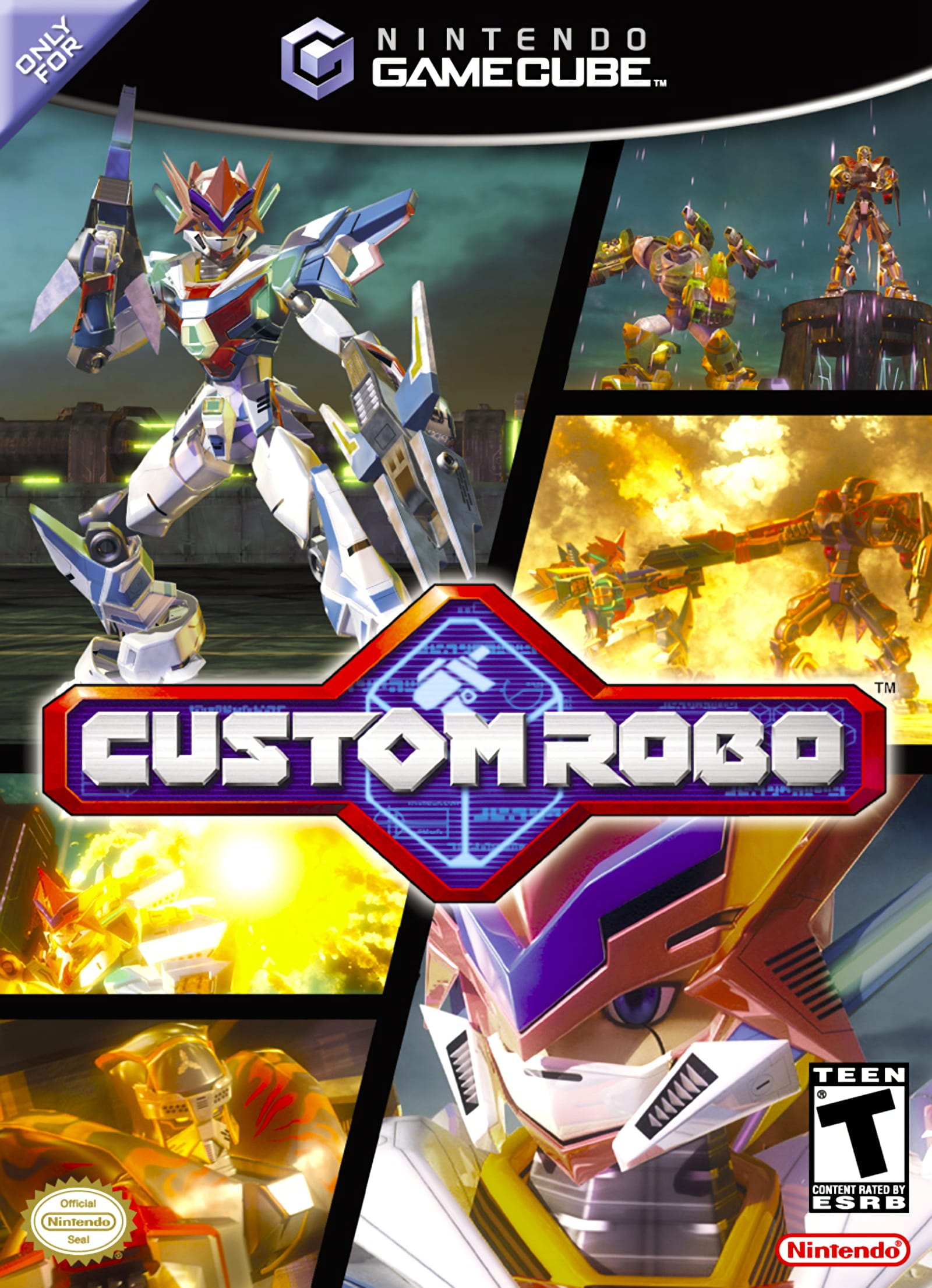
- Developer: Noise
- Release Date: May 10, 2004
- Genre: Fighting
Custom Robo isn’t about hulking, slow mechs; it’s a lightning-fast, hyper-customizable arena battler that plays like a fighting game on rocket fuel. You’re constantly acquiring new parts, such as legs, bodies, bomb units, and pod-based sidekicks. Each piece dramatically alters your robos’ performance. Do you go with light legs for insane speed but paper-thin armor? Or a heavy body that can tank hits but moves like a refrigerator? This deep customization is then thrown into frantic, small-scale 3D battles where strategy and reflexes collide. The surprisingly lengthy story mode is packed with goofy, anime-tier charm and a cast of characters that actually makes you care about the next tournament bracket.
Why It's Worth Playing: If you’ve ever lost an entire afternoon min-maxing a character build, this is your new obsession. Custom Robo offers a level of mechanical depth and customization that is rare in any genre, let alone on the GameCube. The combat is uniquely fast and strategic, and the charm offensive is relentless. If you weren't a fan of Custom Robo in the early 2000s, you weren't on the right track. Seriously. It’s a cult classic for a reason, and it remains one of the most satisfying and content-rich experiences on the system.
Gotcha Force
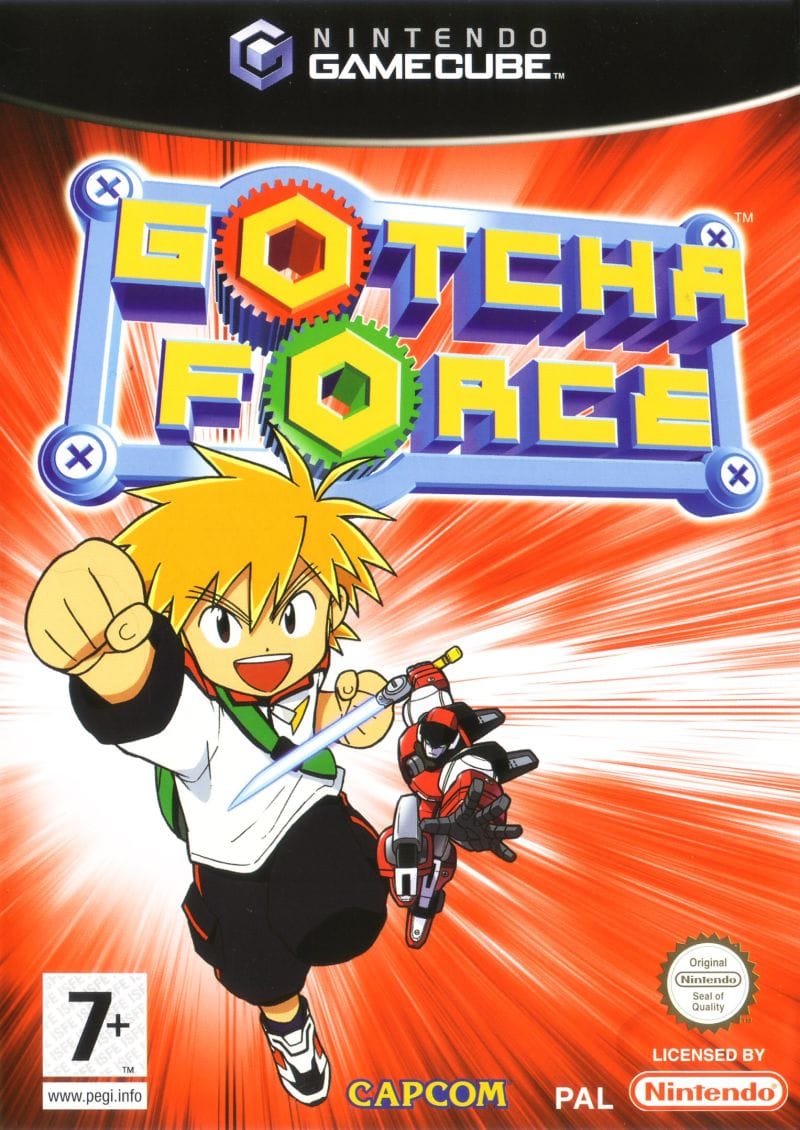
- Developer: Capcom
- Release Date: November 27, 2003
- Genre: Third-Person Shooter
Gotcha Force isn’t just a hidden gem; it’s a legendary artifact, and playing it feels like unlocking a secret level of childhood wonder you forgot existed. You command a small army of “Borgs,” tiny robots that range from laser-shooting heroes and katanawielding samurai to dragons, dinosaurs, and absolutely absurd giant mechs. The sheer variety is mind-boggling; no two Borgs feel even remotely the same. The combat is pure, beautiful chaos. You’ll be dodging laser fire, calling in reinforcements, and desperately trying to counter your friend’s overpowered Borg selection in multiplayer matches that are still unmatched in their sheer toybox fun factor.
Why It's Worth Playing: It’s a game that was tragically ahead of its time. The sheer variety of the Borgs and their individual playstyles gives it near-infinite replayability. It’s a game that was tragically ahead of its time. The sheer variety of the Borgs and their individual playstyles gives it near-infinite replayability. Gotcha Force is a masterpiece of variety, charm, and pure, unscripted fun. It’s a celebration of collecting and combat that has never been replicated. If you ever get so much as a chance to play it, you are legally and morally obligated to do so. It’s that good.
Chaos Field
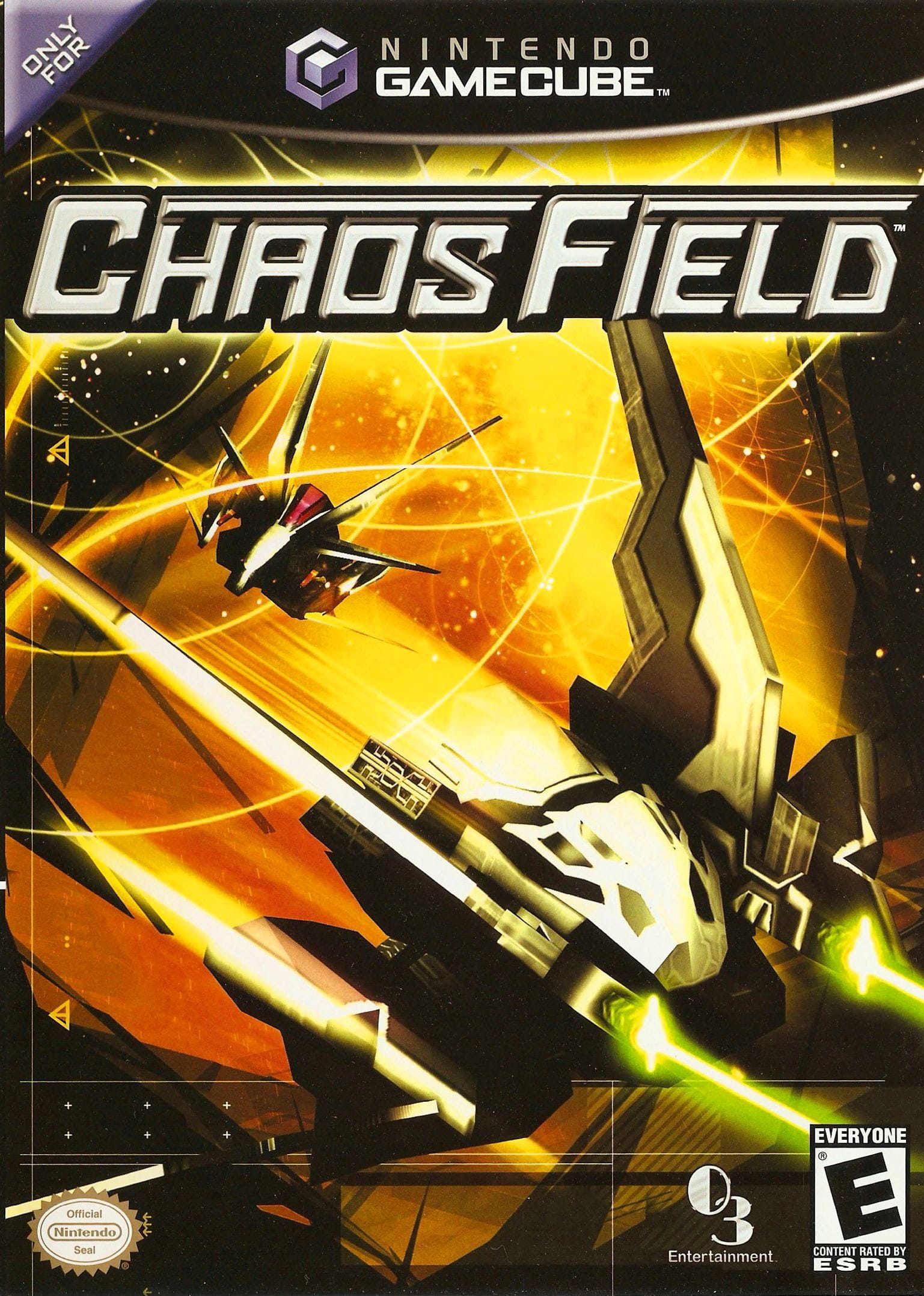
- Developer: Milestone Inc.
- Release Date: February 24, 2005
- Genre: Shumps
Chaos Field is not here to make friends; it’s here to separate the shmup tourists from the genre devotees. The entire game hinges on a single, brilliant mechanic: the Field Shift. With the press of a button, you toggle between the Order Field and the Chaos Field. Order is your “safe” space, with slower, manageable enemies. Chaos is where the real fun begins—enemies are more aggressive, bullets flood the screen, but your firepower is massively amplified. Do you play it safe and grind in Order, or risk everything for a higher score and faster kills in Chaos? Mastering the flow between these two states is the key to survival.
Why It's Worth Playing: Chaos Field is a pure, uncut adrenaline shot of a game that came out late in the GameCube's life, and consequently, it was buried under the hype for the next-gen consoles. The techno soundtrack is pure fire, and it meshes perfectly with the beautiful, bullet-strewn chaos unfolding on screen. If you've ever wanted to feel like a complete and utter badass dodging a screen full of bullets, this is your game. Just maybe keep a stress ball handy.
Puyo Puyo Fever
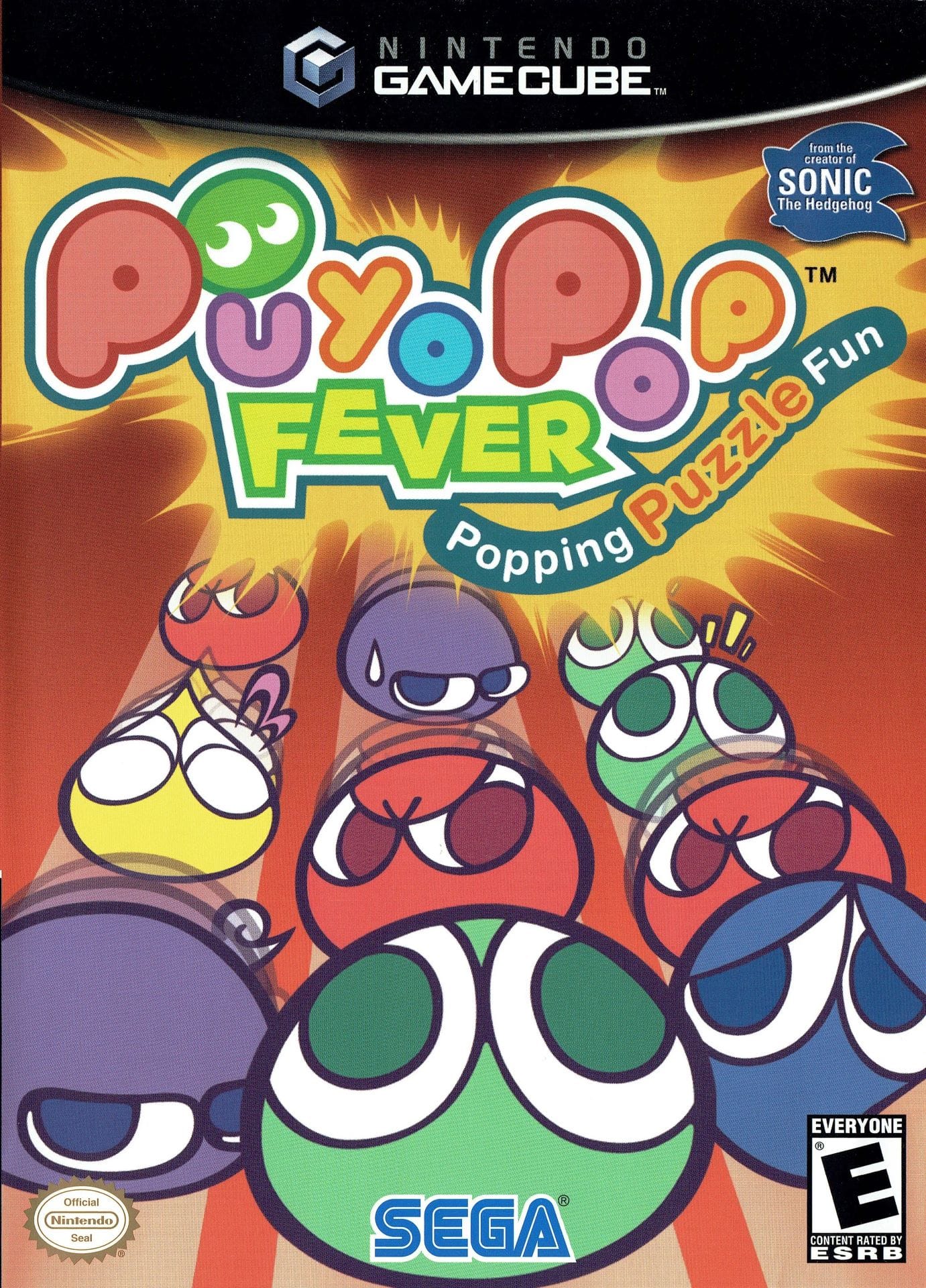
- Developer: Sonic Team
- Release Date: February 27, 2004
- Genre: Puzzle
A lot of people in the West still think of Tetris when you mention puzzle games, and that’s a damn shame. For decades, the true puzzle king in Japan has been Puyo Puyo, and Puyo Puyo Fever was the GameCube’s introduction to that beautiful madness. You strategically stack puyos to create massive, screen-clearing combos that send a torrent of “garbage puyos” to your opponent’s side. The new “Fever” mode is the star of the show—land a big enough combo and you’re thrust into a state of temporary puzzle nirvana where pre-set cascades let you unleash absolute devastation on your opponent. It is, without a doubt, one of the most satisfying feelings in all of gaming.
Why It's Worth Playing: Puyo Puyo Fever’s vibrant personality and satisfying chain reactions make it an absolute joy to play, win or lose. The simple controls hide an incredible amount of strategic depth, and there’s always more to learn and master. Plus, the soundtrack slaps, and the character voice lines are pure gold. It’s the ultimate party puzzle game, a fantastic single-player challenge, and a masterclass in how to make a genre feel brand new again. It’s a package so polished and so relentlessly fun that it’s honestly a crime it wasn’t a million-seller.
Disney Sports Soccer
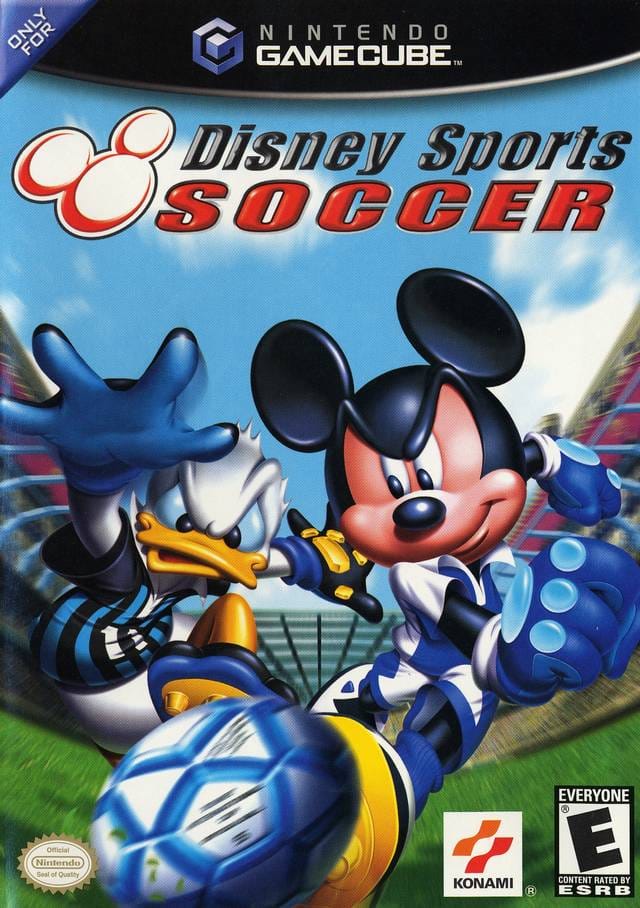
- Developer: Konami
- Release Date: July 18, 2002
- Genre: Sports
Alright, lean in close because I need to let you in on a secret: this isn’t a kids’ game. Disney Sports Soccer is the unhinged predecessor to Mario Strikers made by the same folks behind Pro Evolution Soccer. Forget offside rules or yellow cards; the only rule here is pure, unadulterated fun. You can pull off crazy special shots and moves unique to each character, like Mickey’s magical blast or Donald Duck’s chaotic, unpredictable kicks. The ball physics are wonderfully exaggerated, and the whole game moves at a breathless, frantic pace. From a volcanic wasteland to an enchanted forest, the fields are littered with ridiculous hazards that can completely turn the tide of a match in an instant.
Why It's Worth Playing: Disney Sports Soccer is that hidden-tier sports gem that flies under the radar but delivers endless laughs and shocking depth. Anyone can pick up a controller and immediately understand the mayhem, making it an absolute powerhouse for local multiplayer sessions. It proves that sometimes, the best sports games are the ones that remember they’re supposed to be, you know, games. Don’t sleep on it.
Sega Soccer Slam
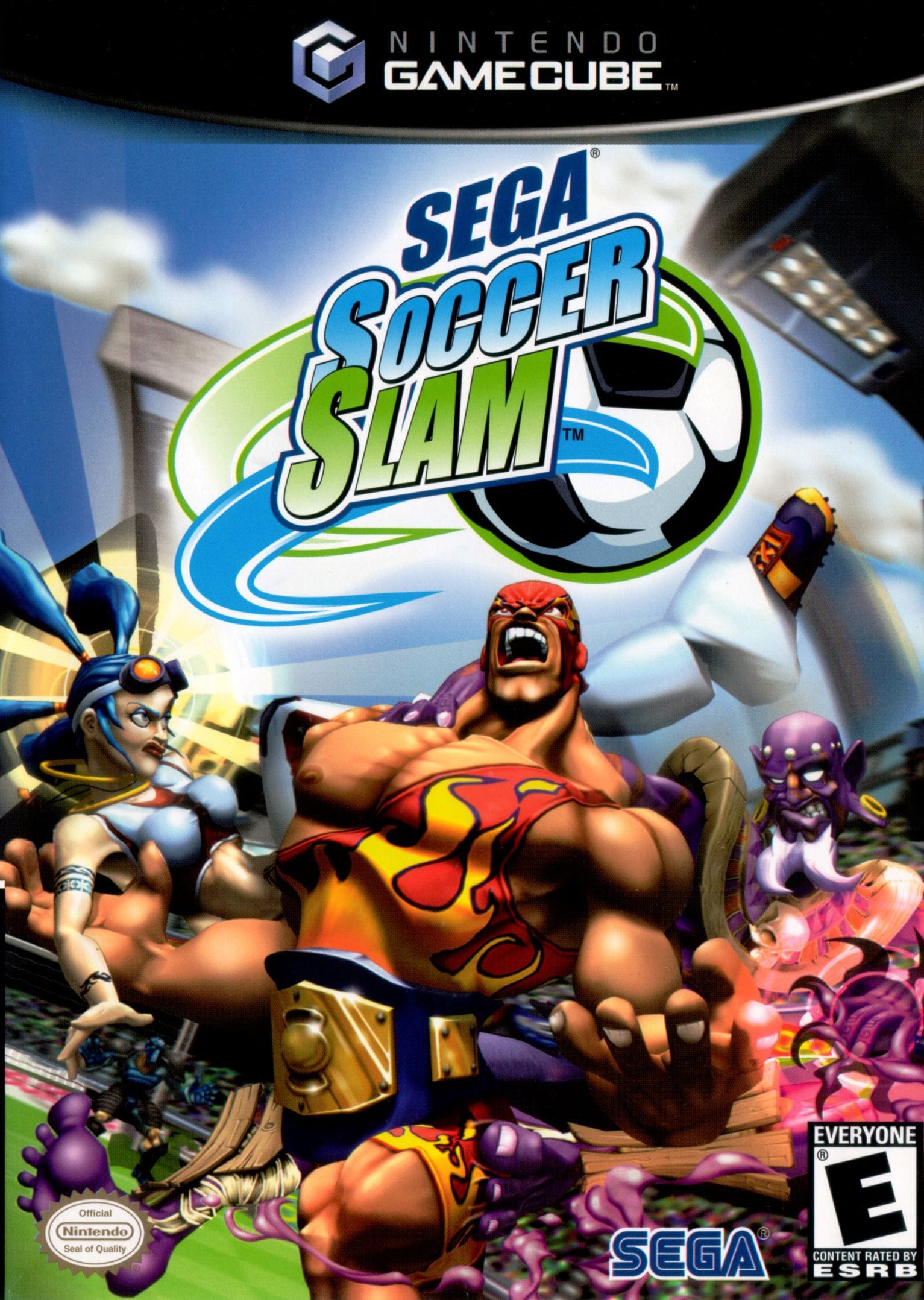
- Developer: Visual Concepts
- Release Date: March 19, 2002
- Genre: Sports
If NBA Jam and a late-90s Sega commercial had a baby, it would be Sega Soccer Slam. The three-on-three format is pure genius, creating a fast-paced, chaotic playground where every player feels overpowered and every match tells a story. But the “Slam” meter is where the real fun lies. As you perform tricks and score goals, the meter builds up, allowing you to unleash a “Showtime” shot—a ridiculously over-the-top, slow-motion power shot that’s almost guaranteed to score. The announcer is a constant hype man, the visuals are bursting with style, and the sheer speed of the gameplay is exhilarating. It’s a game that encourages you to be flashy and go for broke, and that’s exactly what makes it so much fun.
Why It's Worth Playing: For pure, unadulterated fun, you can't beat Sega Soccer Slam. It's the kind of game that’s perfect for a lazy Saturday afternoon with a few friends. The colorful graphics and exaggerated character designs hold up beautifully, and the gameplay is so instantly accessible that anyone can pick up a controller and start having a blast. If you're looking for an underrated GameCube game that delivers big on laughs and fun, this is it.
Beach Spikers
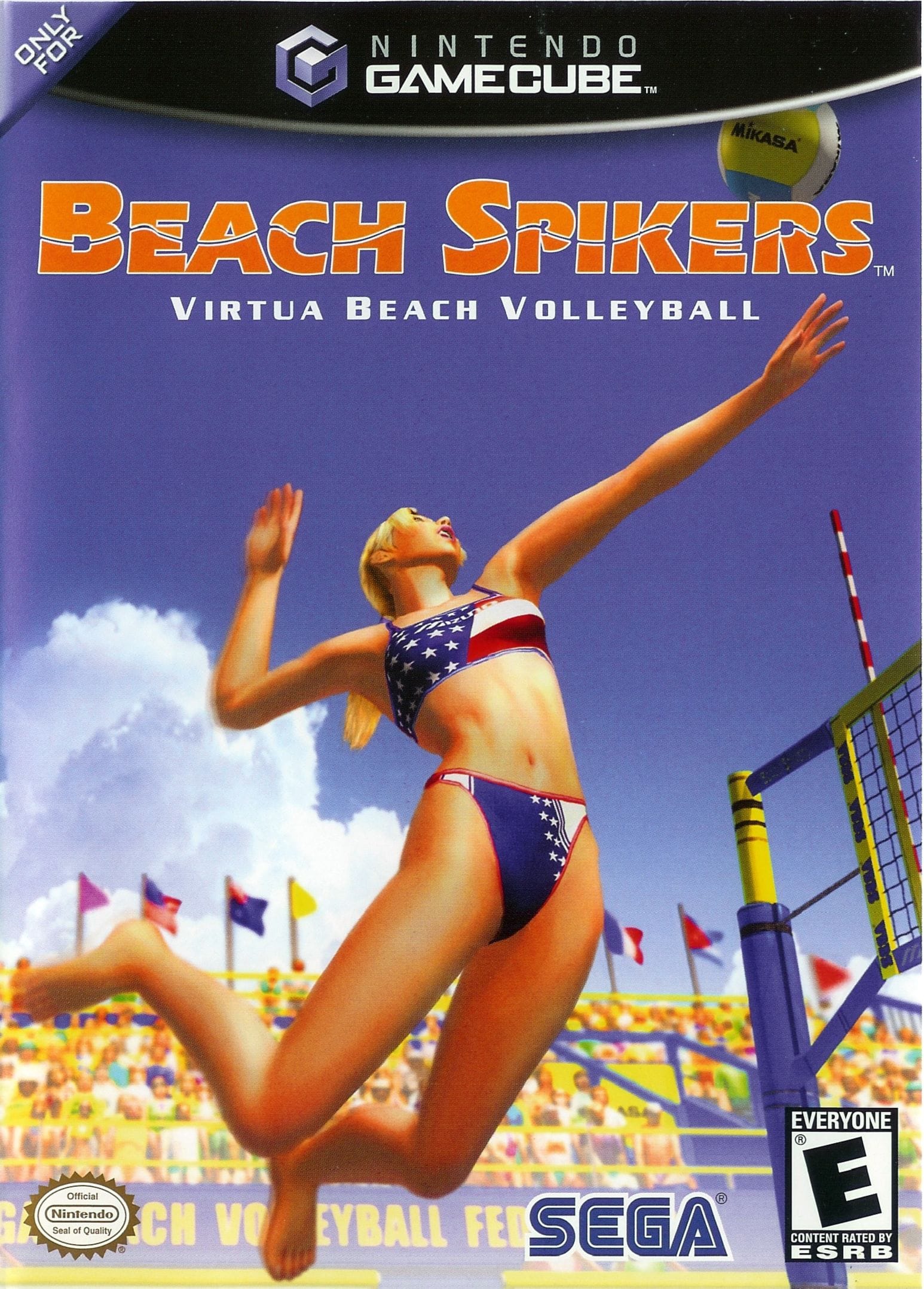
- Developer: Sega AM2
- Release Date: July 19, 2002
- Genre: Sports
Beach Spikers isn’t just a volleyball game; it’s a two-on-two tactical showdown disguised as a sun-soaked arcade romp. The charm is in the controls. Within minutes, you’ll be pulling off bump-set-spike combinations with intuitive ease. But mastery? That’s a different beast entirely. The positioning, the timing of blocks, the subtle feints—it all creates a breathtakingly high skill ceiling. You have to nail the perfect press to get a powerful, accurate shot, and the game’s “charge” mechanic adds a surprising layer of strategic depth to every single volley. And visually? It was a showstopper in 2002, with gorgeous character models, buttery-smooth animation, and some of the best water effects on the system. It has aged like fine wine.
Why It's Worth Playing: Beach Spikers might just be the most polished, perfectly tuned sports game on the GameCube. This is the definition of “easy to learn, lifetime to master”, making it perfect for both a casual game with friends and a grueling, competitive showdown. It remains one of the most satisfying and replayable competitive experiences, not just on GameCube, but in the entire sports genre.
Freekstyle
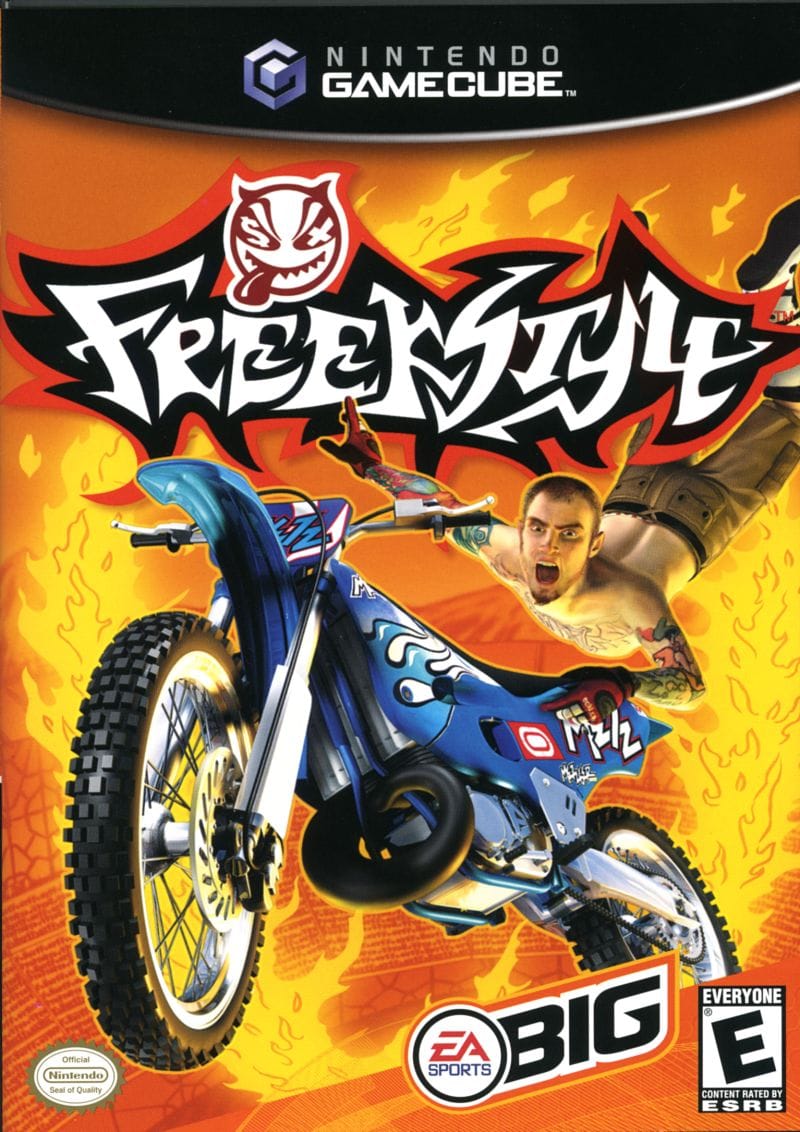
Remember EA Big? That label was a seal of quality for over-the-top, absurdist sports games, and Freekstyle might be their most brilliantly unhinged creation. The moment you hit your first massive jump and start chaining together tricks with the intuitive button-based system, you’ll be hooked. The sense of speed is absolutely blistering, and the tracks are designed like rollercoasters built by madmen—packed with huge jumps, wild loops, and hidden shortcuts that encourage pure, unadulterated experimentation. It’s the kind of game where you’re not just racing; you’re performing, constantly pushing for bigger air and more insane combinations to keep your boost meter maxed out.
Why It's Worth Playing: Miss the era when sports games were more about fun than realism? Freekstyle's attitude is peak Y2K, from the nu-metal soundtrack to the announcer who sounds like he’s calling an X-Games event on an energy drink binge. Freekstyle is a masterpiece of arcade racing, offering relentless action, incredible track design, and an endlessly satisfying trick system. It’s a perfect reminder that sometimes, the most fun you can have is just letting go and doing the impossible. It’s a glorious, ridiculous time capsule that plays just as well today as it did back then.
Metal Arms: Glitch in the System
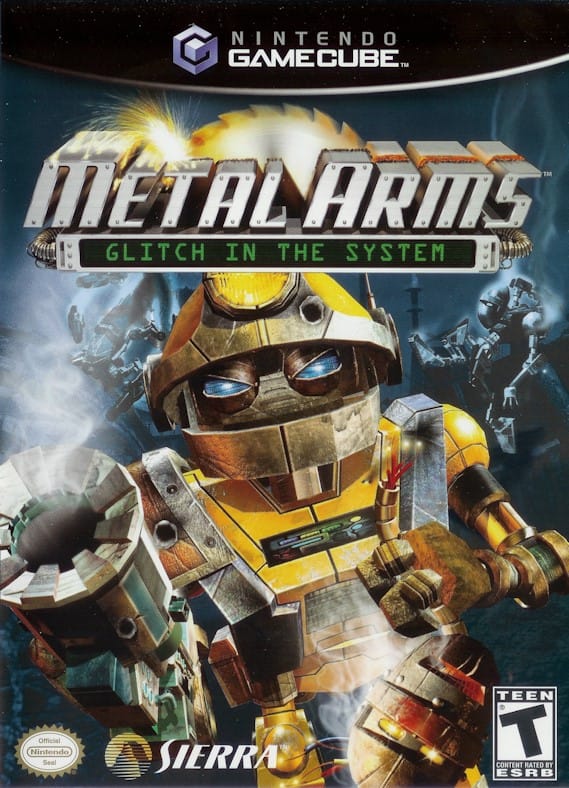
- Developer: Swingin’ Ape Studios
- Release Date: November 18, 2003
- Genre: Third-Person Shooter, Action-adventure
Metal Arms: Glitch in the System is a gritty and brilliantly designed third-person shooter that stands shoulder-to-shoulder with the best action games of its era. You play as Glitch, a scrappy little robot who gets rebuilt to fight in a war against the evil General Corrosive and his army of malfunctioning Milbots. The gameplay is an absolute blast—tight controls, a massive arsenal of upgradeable weapons, and some of the most satisfying enemy hijacking mechanics you’ll ever experience thanks to the “Control Tether.” The level design is fantastically varied, the humor is surprisingly dark and witty, and the multiplayer mode is an underrated chaotic delight. It’s a complete package that oozes personality and polish.
Why It's Worth Playing: Metal Arms has deep gameplay, relentless action, and the charm is undeniable. It’s a crime that more people haven’t played this one, and it remains a high-water mark for original action games on the GameCube. If you’re craving for a mature, challenging, and incredibly smart shooter that feels like a lost Ratchet & Clank title with a metallic, industrial edge, Metal Arms is perfect for you.
Space Raiders
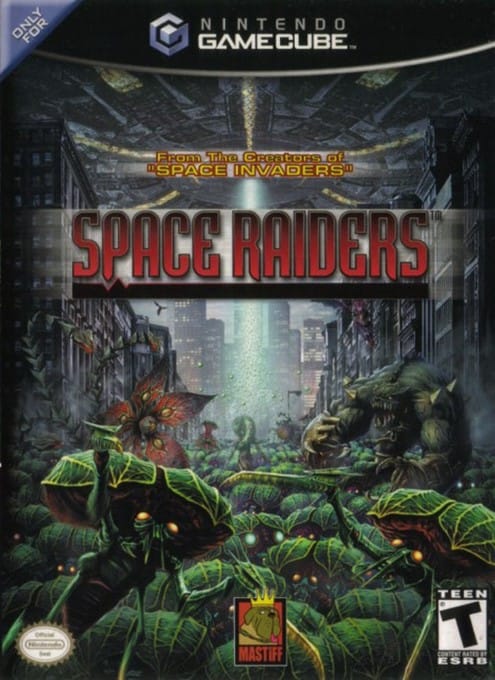
- Developer: Taito
- Release Date: January 9, 2003
- Genre: Third-Person Shooter
Space Raiders takes Taito’s classic Space Invaders and throws it into a blender with a third-person action game, a sprinkle of tower defense, and a healthy dose of Japanese eccentricity. Here’s the deal: you’re running around 3D arenas blasting cute-but-deadly aliens with a satisfyingly chunky blaster. But wait, there’s a twist! You can also pause the chaos to drop turrets, barriers, and other weapons onto the battlefield, managing your limited resources like a frantic field commander. It’s this constant, seamless shift between frantic run-and-gun action and strategic placement that makes Space Raiders so brilliantly addictive.
Why It's Worth Playing: Space Raiders is a glorious, chaotic experiment that shouldn’t work—but absolutely does. The co-op mode alone is worth the price of admission, as you and a friend can laugh at the ridiculous dialogue while you try to survive a relentless alien onslaught. It’s not the most complex game, but it’s a heck of a lot of fun, and it’s a prime example of Taito’s willingness to take big swings. Honestly, if you’re tired of games that stick rigidly to one genre, Space Raiders is for you.
Zoocube
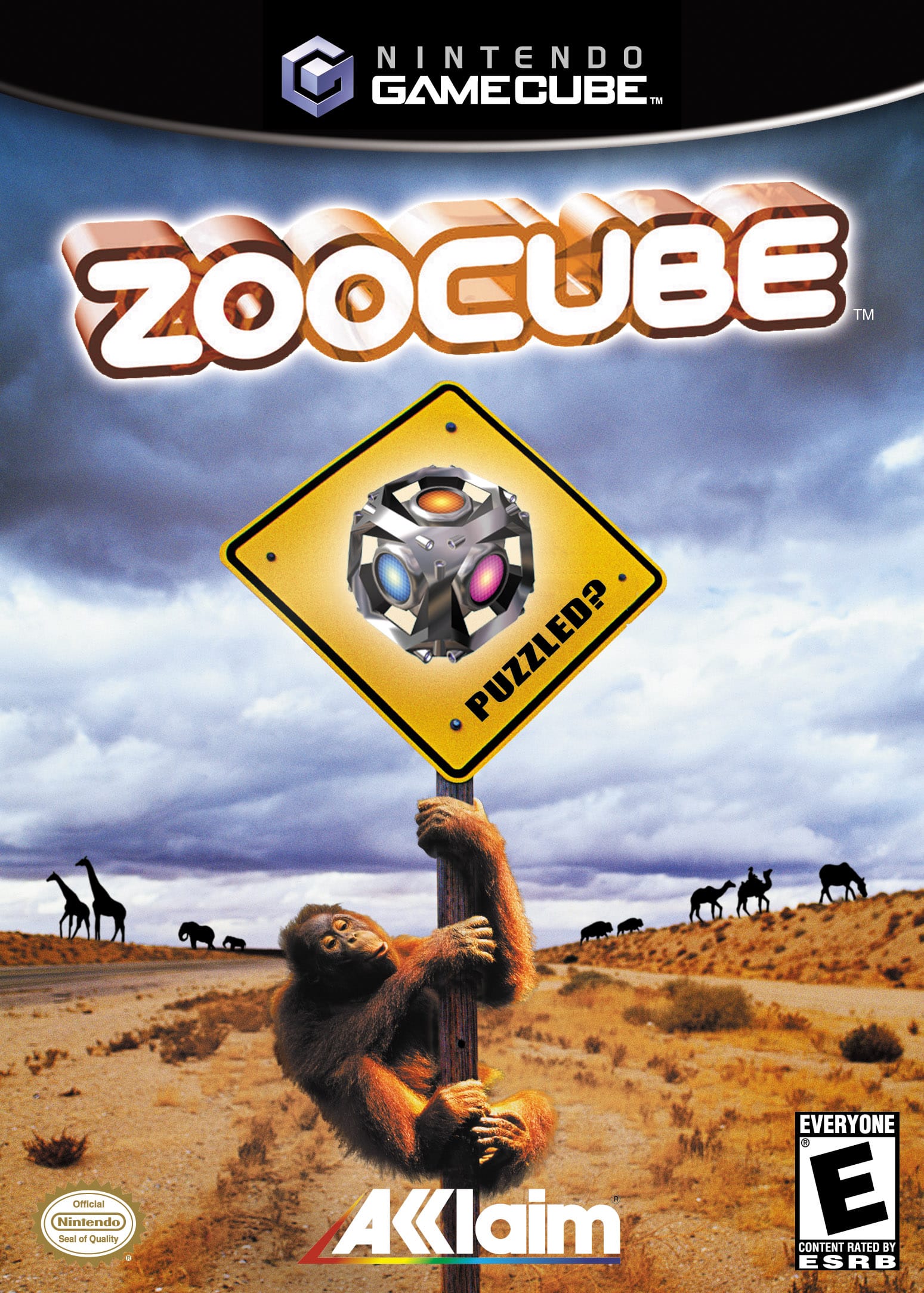
- Developer: PuzzleKing
- Release Date: May 30, 2002
- Genre: Puzzle
Okay, raise your hand if you’ve ever looked at Tetris and thought, “This is great, but what if it were in 3D and also deeply unsettling?” No one? Well, ZooCube did it anyway, and thank goodness for that. Forget stacking blocks—you’re reassembling dismembered cartoon animals on a floating cube. Yeah, you read that right. Match a complete animal, and it vanishes in a satisfying poof. It sounds simple until you’re desperately spinning the cube like a mad DJ trying to line up a zebra’s head with its body while a giraffe’s leg hurtles toward you from off-screen. Once it clicks, you’ll enter a flow state of constant rotation and pattern recognition that is pure puzzle nirvana. It’s chaotic, it’s unique, and it’s weirdly addictive.
Why It's Worth Playing: ZooCube isn’t just a puzzle game; it’s a full-on spatial awareness brain-teaser that’ll make your neurons fire in ways they never have before. ZooCube offers a genuinely fresh, mind-bending twist on the genre that demands a completely different type of spatial thinking. It’s challenging, original, and is a prime example of a game that doesn't need a huge budget or a massive marketing campaign to be absolutely brilliant. If you love puzzles that make you feel like a genius when you finally master them, this is your next obsession.
I-Ninja
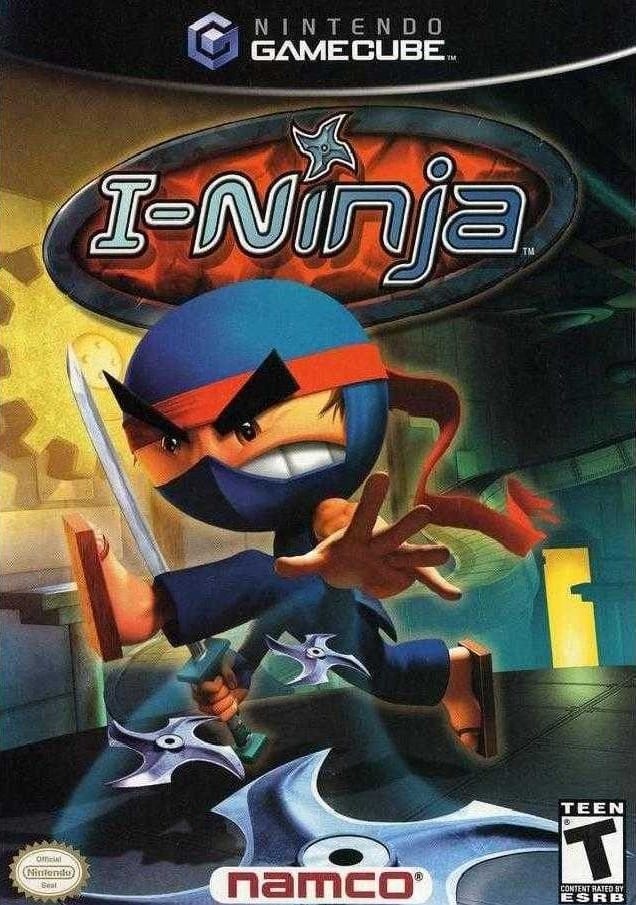
- Developer: Argonaut Games
- Release Date: April 22, 2004
- Genre: Platformer
If you’re a fan of quirky, creative, and challenging platformers, you absolutely need to know about I-Ninja. The game puts you in the tiny shoes of a pint-sized ninja with a comically oversized head, on a quest to defeat an evil master. But what truly makes it shine is the brilliant movement system. The unique grappling hook and wall-running mechanics made traversal an absolute joy, transforming the levels into a fluid playground. It also featured a surprisingly deep combat system and some truly inventive level design that kept you on your toes. It’s a classic example of a hidden gem from the early 2000s that just never got the attention it deserved.
Why It's Worth Playing: I-Ninja is an exhilarating blend of platforming precision and acrobatic combat that feels fresh even today. The fluidity of its movement, combining rapid wall-running with satisfying grappling hooks, makes every jump and swing feel incredibly rewarding. The combat is far more robust than you’d expect from a platformer, giving you a powerful sense of progression as you unlock new moves. For anyone who loves a game that's easy to pick up but challenging to master, this is a perfect fit. It's a testament to the creativity of a studio that dared to be different, and it's an experience that’s just as much fun now as it was then.
P.N.03: Product Number
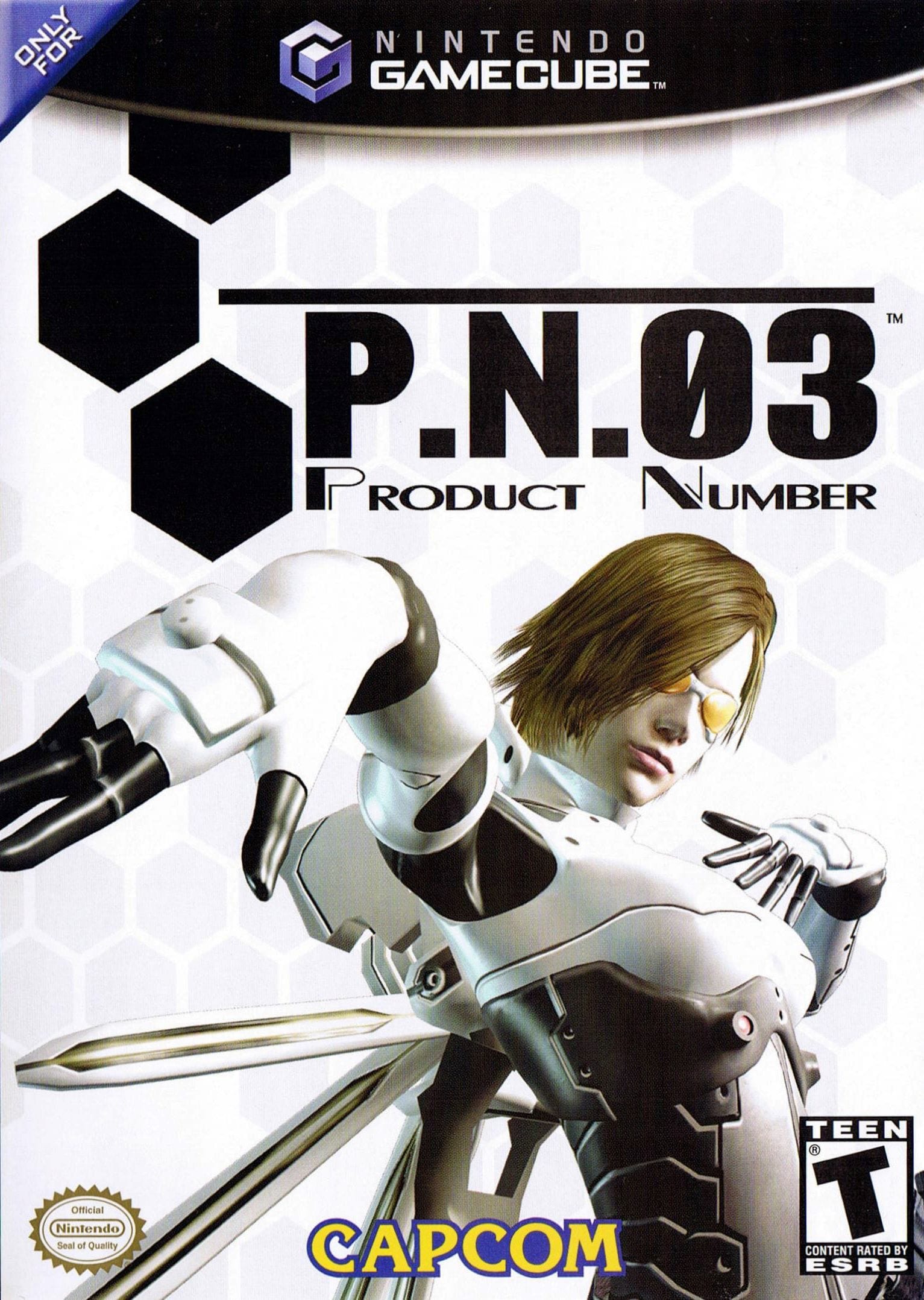
- Developer: Capcom Production Studio 4
- Release Date: March 27, 2003
- Genre: Third-Person Shooter
Let’s talk P.N.03: Product Number, a game so cool, so intentionally stylized, that it practically wears sunglasses indoors. You play as Vanessa Z. Schneider, a mercenary who moves with the deliberate precision of a chess grandmaster in a high-tech exosuit. This isn’t about run-and-gun chaos; it’s about positioning, timing, and flow. You lock into place to unleash volleys of energy blasts, then dodge incoming attacks with evasive maneuvers that look more like choreographed dance steps than combat rolls. The learning curve is steep—maybe even a little janky at first—but once you sync up with the game’s unique rhythm, it becomes an incredibly satisfying power fantasy. It’s bold, weird, and unapologetically itself.
Why It's Worth Playing: When P.N.03 came out, a lot of people were baffled. But that’s the beautiful, brilliant, and infuriating genius of this game. P.N.03 is a cult classic for a reason—it’s a daring experiment that’s all about rhythm, style, and grace, not raw power. The techno soundtrack pulses through every encounter, the visual design is minimalist and sharp, and the whole experience feels like playing through a cyberpunk anime. If you’re willing meet it on its own terms, you’ll find something truly special.
Army Men: RTS
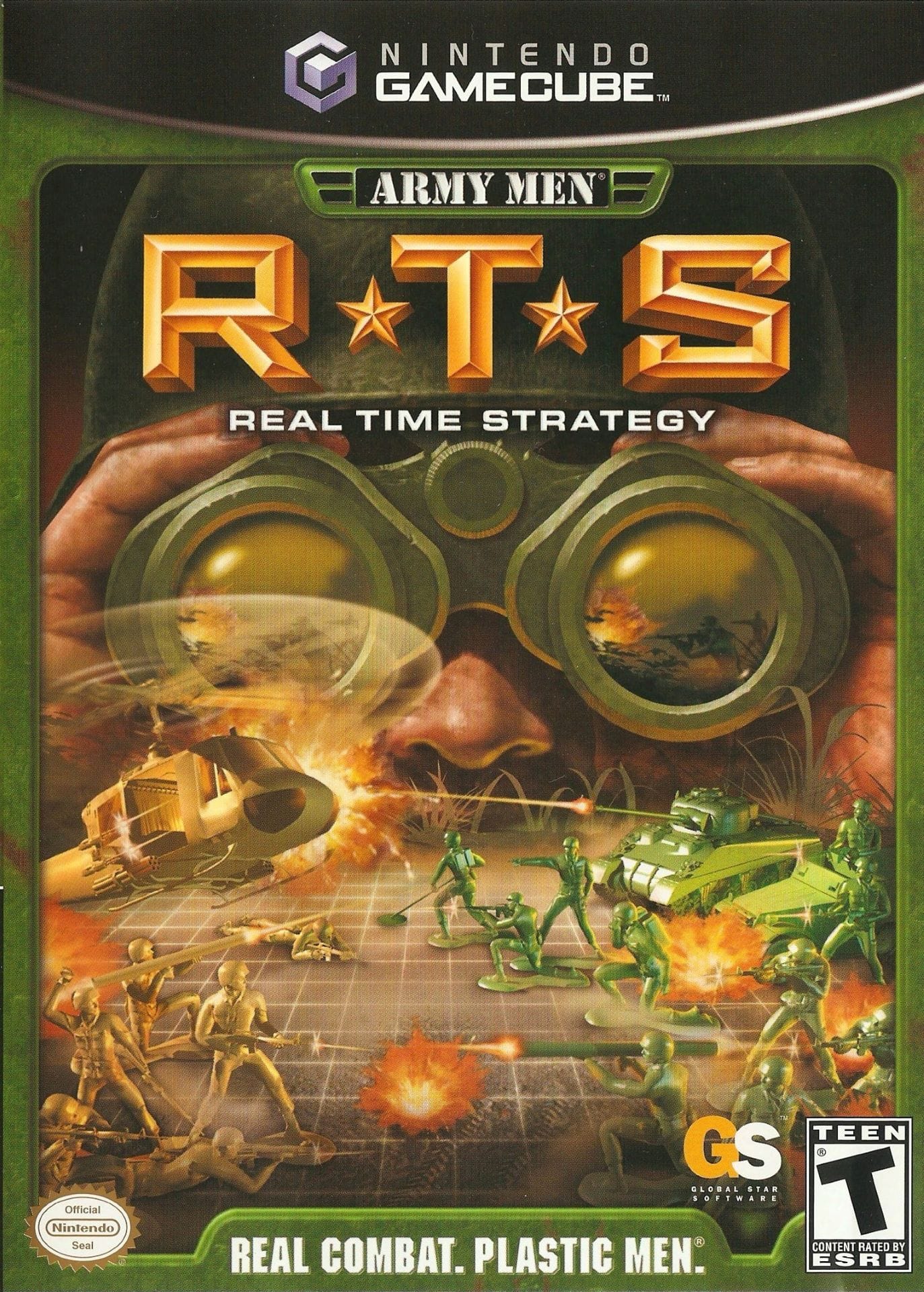
- Developer: Pandemic Studios
- Release Date: March 28, 2002
- Genre: RTS
It’s easy to be skeptical. Real-time strategy on a console? With a controller? It sounds like a recipe for a frustrating, unplayable mess. Yet, Army Men: RTS actually nailed it. You’re commanding squads of infantry, building jeeps and tanks, and managing resources—but it never feels overwhelming. The genius of this game is its setting. You’re not fighting on a generic battlefield; you’re building bases out of plastic toys and commanding troops across kitchen counters, sandboxes, and toy-strewn floors. It’s a wonderful aesthetic that gives the whole game a charming, imaginative feel. The controls are incredibly intuitive, with a simple cursor system that makes base-building and unit command a breeze.
Why It's Worth Playing: Honestly, Army Men RTS is a forgotten gem and a great entry point into the RTS genre for anyone who's ever been intimidated by it. It’s a wonderfully creative take on the genre that but with all the tactical satisfaction of a seasoned general. The campaign is engaging, the multiplayer is a blast, and the whole experience just makes you feel like a kid playing with toys again. It proves that RTS games can not only work on consoles—they can thrive.
Ultimate Muscle: Legends vs. New Generation
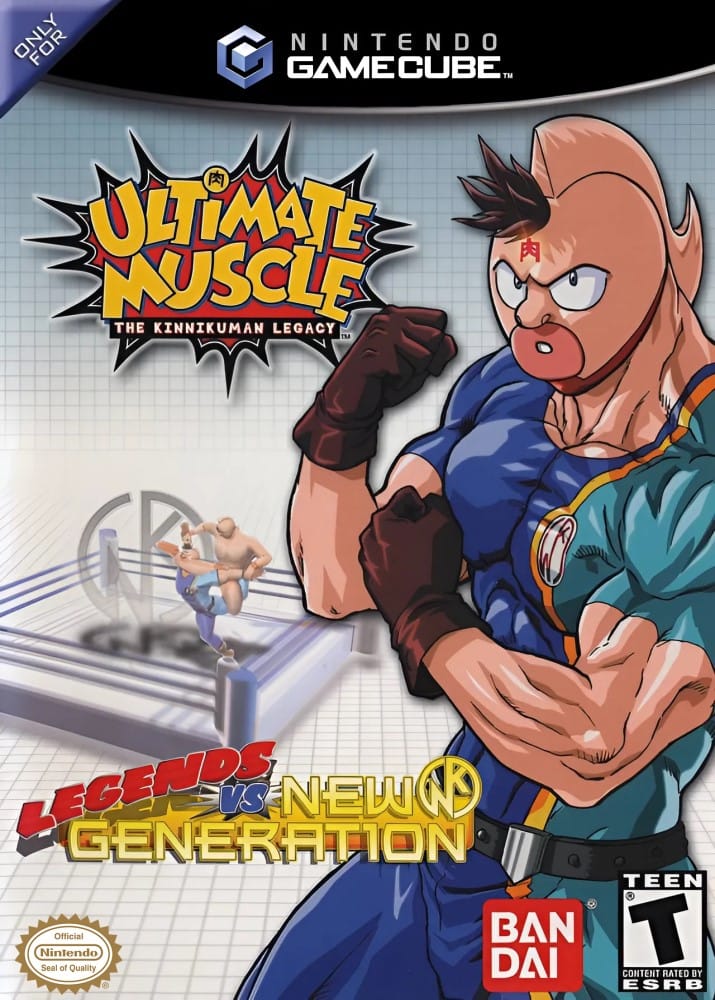
- Developer: Aki Corporation
- Release Date: June 5, 2003
- Genre: Fighting
Based on the Kinnikuman sequel series, Ultimate Muscle: Legends vs. New Generation embraces ridiculousness with every fiber of its being, and it’s an absolute blast to play. Forget realistic grapples and submission holds—here, wrestlers shoot laser beams from their eyes, summon meteors, and unleash special moves so over-the-top they’d make a Dragon Ball Z character blush. But what really sets it apart is the surprisingly robust single-player mode. You create your own rookie wrestler and guide them through a full-blown RPG-like story, building stats, learning new moves, and taking on increasingly outrageous opponents. It’s packed with content, personality, and a genuine love for its source material.
Why It's Worth Playing: If you’re tired of the same old fighting games and want something that will make you laugh as much as it makes you cheer, Ultimate Muscle is the perfect choice. It’s a hidden treasure for anime fans and wrestling enthusiasts alike, offering deep customization, chaotic multiplayer, and a campaign that’ll keep you hooked for hours. It’s the perfect cap to a GameCube night with friends—loud, stupid, and absolutely unforgettable.
Conclusion
And there you have it! The GameCube was a console that wasn’t afraid to be different, and these 20 incredible games prove the GameCube’s library is so much deeper than its first-party lineup. Hunting these down is half the fun, and experiencing their unique charms is the ultimate reward.
Did I miss your personal favorite hidden gem? The conversation is what makes retro gaming so special, so let me know what you would have added to the list. Now if you’ll excuse me, I have a giant egg to go roll.




